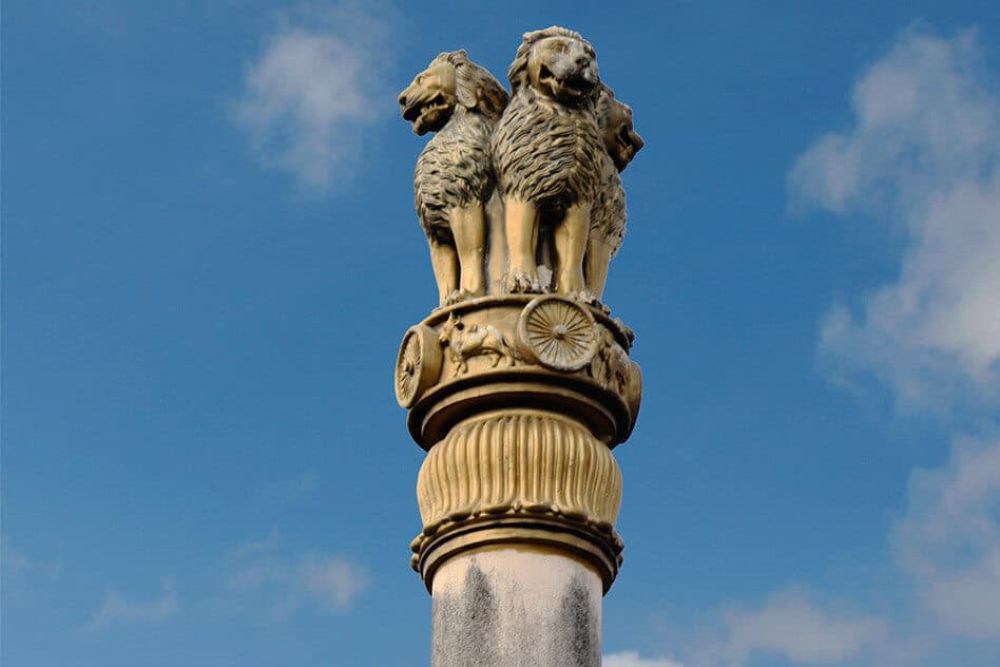

The Ashoka Pillar at Sarnath, located in the Indian state of Uttar Pradesh, is an emblem of India's ancient heritage and a significant symbol for Buddhists across the globe. Dating back to around 250 BCE, the site of Sarnath itself is where Gautama Buddha first taught the Dharma after his enlightenment.
The Ashoka Pillar at Sarnath is a testament to the reign of Emperor Ashoka, who converted to Buddhism after witnessing the aftermath of a bloody war. In his quest to spread the teachings of Buddha, he erected a series of pillars throughout the Indian subcontinent. These pillars bore edicts that preached moral and ethical codes, inspired by Buddhist doctrines.
The Lion Capital, which once sat atop the Ashoka Pillar at Sarnath, is of particular historical importance. Four lions back to back – representing power, courage, pride, and confidence – resting on a circular abacus, became a national symbol of India and was also adopted as the emblem of the modern Indian republic.
Sarnath became a renowned pilgrimage site, attracting visitors from around the world, particularly after the Buddhist revival led by Anagarika Dharmapala in the late 19th and early 20th century. This revival, along with the archaeological excavations that unveiled the Dhamek Stupa and the Ashoka Pillar, attracted global attention.
In the early days, travel to Sarnath was a significant undertaking, and the amenities were basic. Visitors were primarily pilgrims and scholars interested in the site's religious and historical significance. However, as the global interest in Buddhist philosophy grew, so did Sarnath's profile as an international tourist destination.
The tourism landscape of Sarnath has evolved over the years, with the development of infrastructure to cater to an increasing number of international and domestic tourists. The Archaeological Museum in Sarnath was established to house the artifacts found in the excavations, including the original Lion Capital.
Recent trends have seen a surge in experiential tourism, with visitors seeking to engage more closely with the spiritual and historical context of the Ashoka Pillar. Tour operators now offer comprehensive tours that include meditation sessions, discussions with Buddhist monks, and visits during Buddhist festivals such as Buddha Purnima.
Moreover, the growth of digital platforms and social media has made it easier for potential tourists to discover and learn about the Ashoka Pillar's significance before visiting, thus contributing to the site's popularity.
Eco-friendly tourism is becoming increasingly popular, with efforts to preserve the sanctity of this historic site by minimizing the environmental impact of tourism. The Indian government and local authorities have been working to strike a balance between facilitating tourist interest and protecting and conserving the integrity of Sarnath's heritage.
The pandemic briefly slowed down the flow of visitors, but as travel resumes, Sarnath, along with its iconic Ashoka Pillar, continues to be a jewel in the crown of India's tourist attractions, offering a unique blend of spirituality, history, and culture to its visitors.